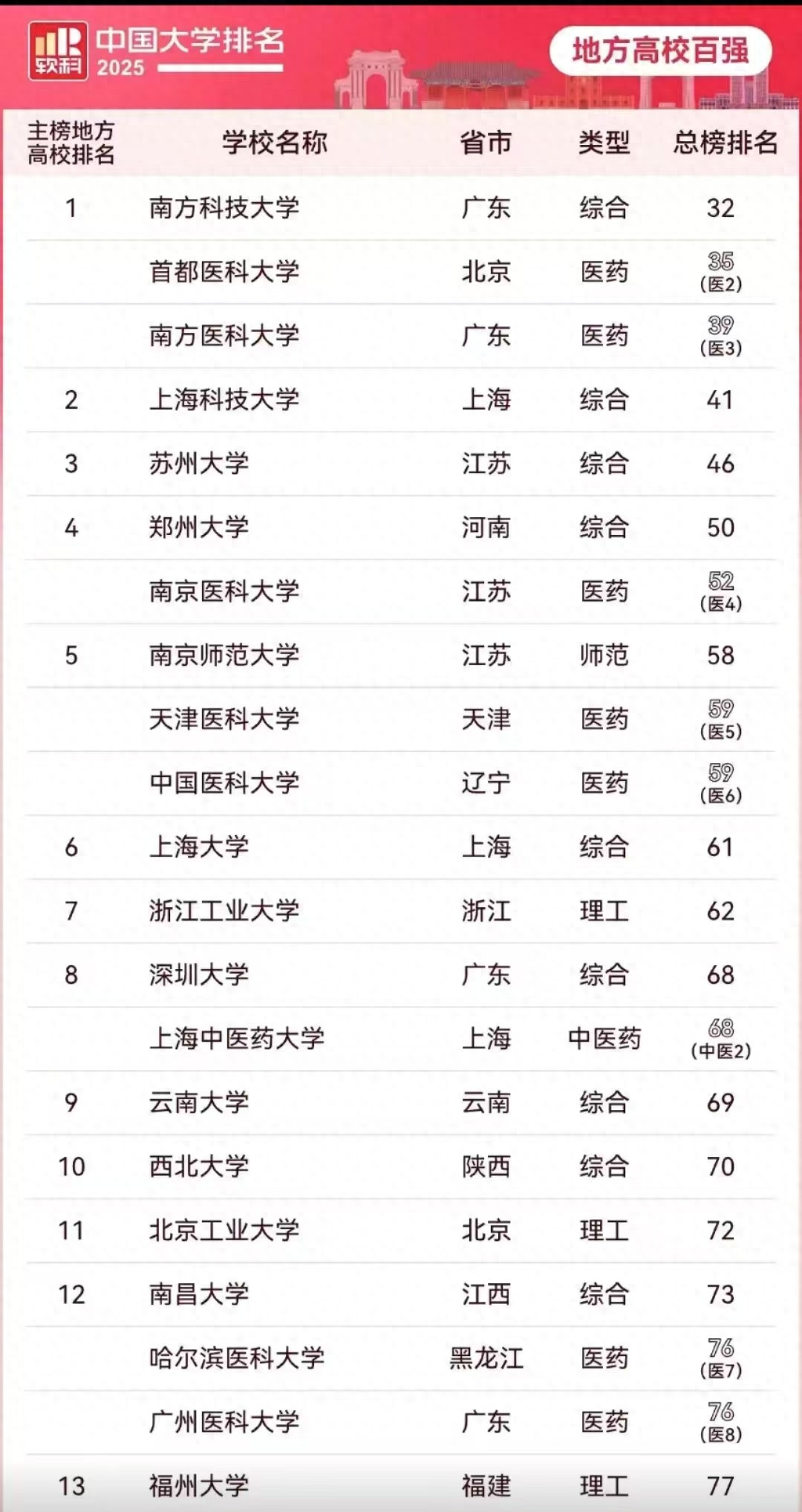概述
![图片[1]-linux 在服务器内存满的时候怎么临时清理缓存(drop_caches)-趣考网](https://oss.q2k.com/article/2024/05/26/1749171241.jpg)
读写文件时,Linux内核为了提高读写效率与速度,会将文件在内存中进行缓存,这就是Cache Memory(缓存内存)。
即使程序运行结束后,Cache Memory也不会自动释放。这就会导致程序频繁读写文件后,可用物理内存会很少。
其实这缓存内存(Cache Memory)在你需要使用内存的时候会自动释放,所以不必担心没有内存可用。
如果你希望手动去释放Cache Memory(缓存内存)的话也是有办法的。
drop_caches
![图片[2]-linux 在服务器内存满的时候怎么临时清理缓存(drop_caches)-趣考网](https://oss.q2k.com/article/2024/05/26/1749171242.jpg)
# cat /proc/sys/vm/drop_caches
0 //默认是0;1-清空页缓存;2-清空inode和目录树缓存;3-清空所有缓存
[root@bak ~]# sync //注意:在清空缓存之前使用sync命令同步数据到磁盘[root@bak ~]# free -m total used free shared buffers cachedMem: 15898 3029 12869 0 191 1064-/+ buffers/cache: 1772 14125Swap: 31999 0 31999
清空所有缓存
[root@bak ~]# echo 3 > /proc/sys/vm/drop_caches
查看内存
[root@bak ~]# free -m //发现缓存明显减少了 total used free shared buffers cachedMem: 15898 1770 14128 0 1 30-/+ buffers/cache: 1738 14160Swap: 31999 0 31999
附录
drop_caches的详细文档如下:
Writing to this will cause the kernel to drop clean caches, dentries and inodes from memory, causing that memory to become free.To free pagecache:* echo 1 > /proc/sys/vm/drop_cachesTo free dentries and inodes:* echo 2 > /proc/sys/vm/drop_cachesTo free pagecache, dentries and inodes:* echo 3 > /proc/sys/vm/drop_cachesAs this is a non-destructive operation, and dirty objects are notfreeable, the user should run "sync" first in order to make sure allcached objects are freed.This tunable was added in 2.6.16.
修改/etc/sysctl.conf 添加如下选项后就不会内存持续增加
vm.dirty_ratio = 1vm.dirty_background_ratio=1vm.dirty_writeback_centisecs=2vm.dirty_expire_centisecs=3vm.drop_caches=3vm.swappiness =100vm.vfs_cache_pressure=163vm.overcommit_memory=2vm.lowmem_reserve_ratio=32 32 8kern.maxvnodes=3
总结:
上面的设置比较粗暴,使cache的作用基本无法发挥。需要根据机器的状况进行适当的调节寻找最佳的折衷。而且一般是用来临时解决内存不足的问题,工作中还是经常会用到的,大家可以测试下。
© 版权声明
本文中引用的各种信息及资料(包括但不限于文字、数据、图表及超链接等)均来源于该信息及资料的相关主体(包括但不限于公司、媒体、协会等机构)的官方网站或公开发表的信息。部分内容参考包括:(百度百科,百度知道,头条百科,中国民法典,刑法,牛津词典,新华词典,汉语词典,国家院校,科普平台)等数据,内容仅供参考使用,不准确地方联系删除处理!
THE END
















